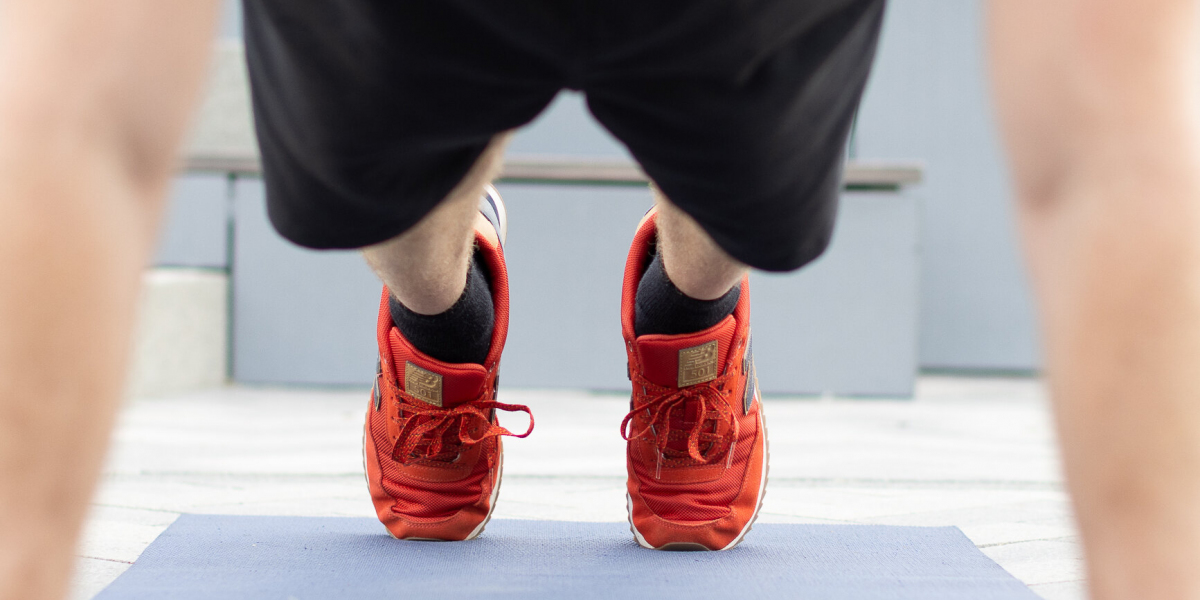What are pull-ups?
Let's give a definition from Wikipedia:
“Pull-ups are a basic physical exercise that develops the muscle groups of the upper body: latissimus dorsi, biceps, brachialis, pectorals, upper back, abdominal muscles, forearms.”
In other words, pull-ups are an exercise that will involve many muscles in your core and arms at once.
Why do pull-ups?
Pulling up regularly will give you not only beautiful arms, but also a beautiful back and developed chest muscles, and as a bonus, you will work out your abs. This exercise is included in the training programs of special units, athletes of various disciplines and levels of training. It perfectly shows the general level of physical development of the upper half of the body.
Pull-up technique for beginners.
The classic technique for performing the exercise is as follows:
From a hanging position on the bar, you need to pull your body up until your chest or chin touches the bar.
The bar, of course, should be above your head, and your chin should be above the bar.
Be careful - you don't need to hit your jaw against the bar on the return movement.
How to learn to do pull-ups on a horizontal bar from scratch
You need to determine your maximum in pull-ups and, based on the results obtained, use the recommendations.
Pull-up program from scratch
If your result is one or zero repetitions, we recommend that you begin your acquaintance with the horizontal bar with a simple “hang” exercise.
Three times a week, 3-5 sets, we grab the horizontal bar with both hands, hang on it, and try to hang for the maximum amount of time.
Rest break from 1 to 3 minutes.
If just hanging is too easy for you, then you should not just hang, but perform the initial movement of pull-ups. As if pulling the horizontal bar towards you , or yourself to the horizontal bar, but the first option is better.
Hanging on a horizontal bar will strengthen your wrists and prepare your muscles for the load.
In the second week of training, in the first approach, “Hanging” should be replaced with “Negative Pull-ups”, the essence of the exercise is as follows:
We take a stand (chair, stepladder, wooden box),
we stand on it so that your position is like in the upper phase of the pull-up (the chest touches the bar, the chin is above it, the hands hold the bar),
Having fixed yourself in this position, we pull our legs up and lower ourselves as slowly as possible to the lower position.
Having reached it, we release the horizontal bar and repeat everything from the beginning.
You shouldn't do more than 5-8 repetitions; at the initial stage, you should stop the exercise immediately after you can no longer lower yourself slowly.
In the third week of training, we replace the second approach with negative pull-ups,
On the fourth, all three approaches should consist of negative pull-ups.
After just a month of regular training, you will be able to do 3 to 5 pull-ups.
“Negative pull-ups” can be replaced with “partner-assisted pull-ups”:
you hang on the horizontal bar and with the help of a partner perform pull-ups,
your partner helps you by supporting you by the waist or legs.
But you should not rely entirely on your partner, he only performs an auxiliary function to overcome the "dead point", you must do the main work yourself. It is very good if you can do 3 approaches of 3-5 times.
Result from 1 to 4 times - how to learn to pull up on the horizontal bar more than 5 times
If you were able to do 1 to 4 pull-ups, then to increase the number of repetitions you can try several options:
The first option , like for those who can’t do a single pull-up, is to turn to negative pull-ups:
We pull ourselves up as many times as possible in one approach,
then add one to three negative pull-ups, or pull-ups with the help of a partner.
We do no more than 3 such approaches.
The second option is to change the approach system using the single repetition method, the point is that
when you do one pull-up, you don't go down, but jump off the bar,
then immediately jump up and do the next repetition.
When you can't do any more pull-ups, it will be counted as one approach. After resting for 2-3 minutes, do two more approaches.









